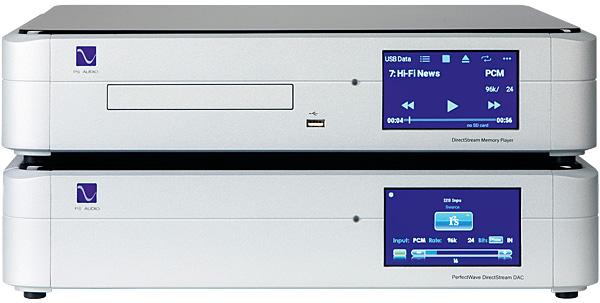Disc Players
Sort By: Post DateTitle Publish Date
|
Apr 25, 2025 |
First Published: Oct 01, 2024
|
Jun 06, 2025 |
First Published: May 01, 2025
|
May 23, 2019
|
Nov 18, 2019
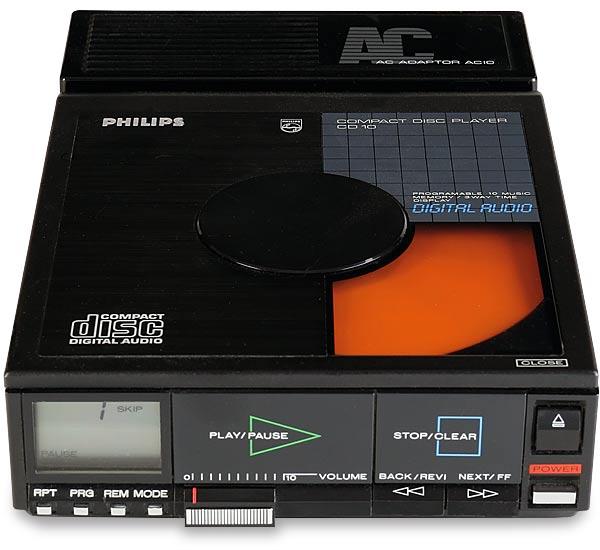
 It was the Dutch company's first ever portable CD player and one of the first players from Philips to use a 16-bit chip. But how does this milestone machine sound today?
It was the Dutch company's first ever portable CD player and one of the first players from Philips to use a 16-bit chip. But how does this milestone machine sound today?



 Paul Miller compares the Philips DCC-600 with the Marantz DD-92, two DCC recorders with the same PASC encoder but different ADCs and DACs
Paul Miller compares the Philips DCC-600 with the Marantz DD-92, two DCC recorders with the same PASC encoder but different ADCs and DACs

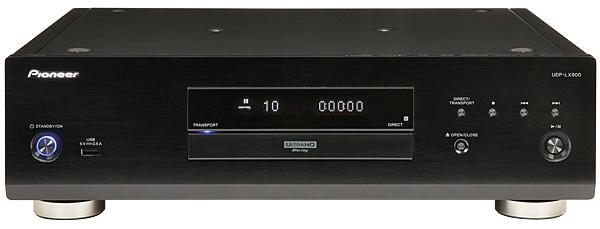
 Designed for movies as well as music, the idea of a 'universal' disc player is an appealing one. Now that Oppo is out of the picture, how does this battleship Pioneer shape up?
Designed for movies as well as music, the idea of a 'universal' disc player is an appealing one. Now that Oppo is out of the picture, how does this battleship Pioneer shape up?
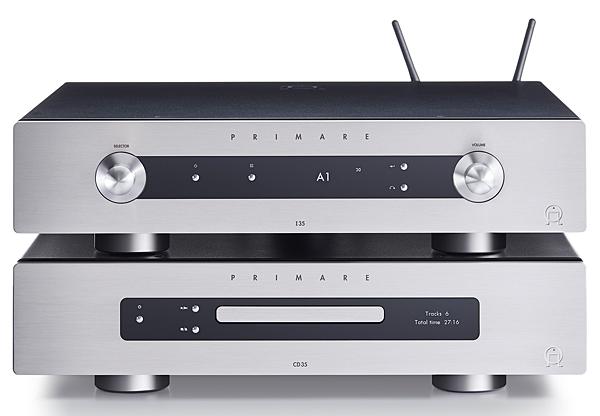
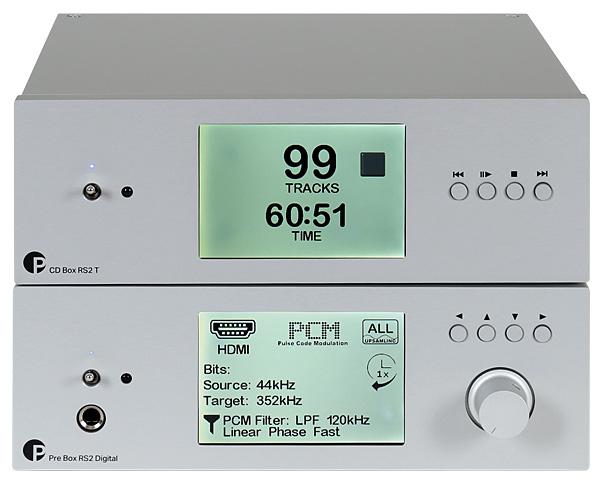
 Far from being just cute and compact, Pro-Ject's Box Design range is now all grown up – as this high quality CD/DAC/preamp combination so vividly demonstrates
Far from being just cute and compact, Pro-Ject's Box Design range is now all grown up – as this high quality CD/DAC/preamp combination so vividly demonstrates
